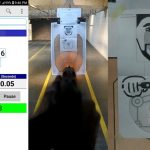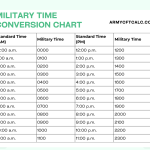I’m sure you’ve seen this a million times…
On TV and in the movies, the “bad guy” gets shot once or twice with a handgun and they either immediately drop dead, or fly across the room and through a plate glass window, right?
Real life ain’t like that Sparky!
In fact, the truth of the matter is, ALL service caliber handguns – (9mm, .40, and yes, even the .45) are WEAK when it comes to doing enough damage to a human-size threat to stop a determined attacker.
That’s why you’ll hear news stories about how it took “41 bullets” to stop an enraged attacker (and why both responsibly-armed citizens and police are so wrongly scrutinized for “how many times” they pulled the trigger to defend themselves).
But the general pubic aren’t the only ones to be programmed by Hollywood on an overconfidence on a pistol’s “stopping power”.
Uneducated Gun-Haters And Chest-Thumping Gun-Lovers BOTH Fall For The Same Misinformation Floating Around Social Media And Even Down At The Gun Stores And Ranges, So…
Here’s The No B.S. Truth About The 3 Biggest “Stopping Power” Myths That Could Get You KILLED In A Real-Life Gunfight…
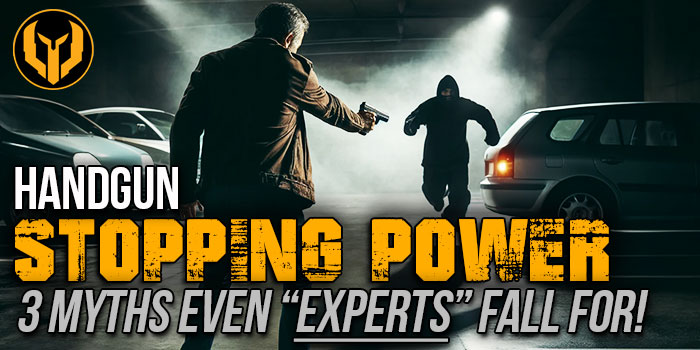
A handgun’s “stopping power” is probably one of the most misunderstood concepts in the world of firearms.
The general public’s level of expertise lies in memorizing all the scenes of every John Wick movie.
But even the “educated gun-owner” has become too fixated on the size of the bullet, thinking that “bigger is better”.
Yes, size (of the bullet) does matter and any numbskull can tell that a bigger bullet can make a bigger hole… and bigger holes are better (ok, way too many opportunities for jokes here!).
But they both ignore the science behind human physiology and “how” a bullet truly gets the job done…
You see, especially when it comes to handguns, it’s less about the size of the bullet you’re sending some thug’s way, than it is about “where” your bullet makes impact and
The Only 3 Reasons A Violent Attacker Stops Fighting When Shot With Your Handgun…
First, you have to realize that the ONLY time you would even (legally) shoot someone is if they are aggressively trying to cause you or someone you are protecting death or serious bodily injury, right?
Therefore, it’s important that you shoot to STOP them as quickly as possible.
No big surprise there – but there are only three reasons that an attacker will stop attacking you if you shoot them with a handgun.
These are:
- Psychological Stop
- Vital/Nervous System Stop
- Rapid Blood Loss Stop
Let’s talk about each of these and the myths that surround then so we can get to the truth…
The Myth Of The “Rule Of 3’s” (And Why You Should NOT Count On ThePsychological Stop!)
A “psychological stop” is one where the bad guy simply “gives up” mentally and decides on their own to stop their attack.
Now I’ll be honest, the “psychological stop” is a very real factor that “can” end the fight in an instant.
In fact, a lot of the more “experienced” gun-owners have probably heard the common “Rule Of Threes” range talk quote attributed to veteran gun guru, Tom Givens, where…
“The average civilian gunfight happens within 3 yards, and end in 3 seconds with 3 bullets.”
These are approximations, and while this is a solid assumption based on the analysis or real gunfights caught on video, it can become a deadly mental anchor in the mind of the responsibly-armed defender.
The truth is that, while most criminal predators are looking for a “victim”, not a “fight”, and will run like hell at the very sight of a gun or the sound of one going off, you have a few things working against you here…
First, not all criminals give up this easily…
… second, they’re criminals – often prison-hardened, cold-blooded killers – who likely have grown up in a life of crime with many guns pointed and fired at them – so they may not even be scared of being shot.
… and finally, your attacker may not even realize they’ve been shot – no matter how many bullets you put in them!
In other words, forget the “Law Of 3’s” completely!
It has no place in the mindset of a true “gun-fighter” and your only mantra should be to pull the trigger – and keep pulling the trigger – until the deadly threat is neutralized (aka, he’s no longer on his feet, conscious, or clearly stops attacking you).
The Myth Of The “Nervous System Stop”…
The human brain acts much like a computer that sends signals down the spinal column to the rest of the body.
Continuing this analogy, you can “switch off” the human body with a shot to the nervous system by targeting the brain.
(Side note, a shot to the spinal column could cause a nervous system stop as well, but unless you have x-ray vision, that’s more of a “lucky shot” due to a lack of control over the bullet’s path after it enters the body cavity.)
In fact, one of the most common firearm drills you’ll hear experienced shooters brag about is the “Mozambique Drill”, where you train to stop your attacker by first placing two shots into the larger, easier-to-hit “center mass” of the upper body, and then, if your attacker is still fighting back, following it up with a third, more precisely aimed (and difficult) head shot.
But here’s the problem…
A “head shot” isn’t really what you’re looking for – and those who train extensively for any kind of a programmed “2 to the body, 1 to the head” could create what’s known as “training scars” that could be replicated during a real attack.
And a wounded attacker – even one that’s immobilized by the first two rounds – will be in a state of moving in one direction or another, and while a head is a much smaller target to aim for (especially under the stress of a real attack), a moving head is even harder to hit!
Remember, you’re responsible for every single bullet that comes out of your gun – and that includes “misses” – so to avoid a future of showering with the very type of prison felon you were defending against in the first place because you hit an innocent bystander, you damn well better have expert accuracy with your firearm, trained under realistic conditions.
Besides… more specifically, you’re not just aiming for the “head”.
The brain is covered by a hard “helmet” we call a skull, right?
So even if a round does strike the head, that doesn’t mean it’s going to penetrate the skull and enter the brain to stop the attack.
Numerous emergency room stories have been told by doctors, surgeons, and soldiers about people being shot in the head and the bullet simply ricocheted away or traveled around the skull to come out the back of the head.
So stop aiming for the “head”!
What you really want to train for is to aim for the medulla—a long stem-like structure which makes up the lower part of the brainstem.
“How?” you may ask?
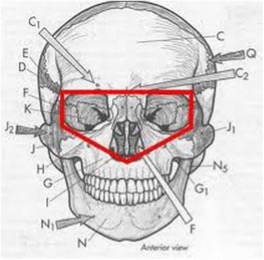
Well, the best areas to aim for are the eye sockets or nose cavity when facing your attacker from the front.
What this means in terms of targeting is roughly the size of a 3×5 index card that covers the area on the face/head between the eyebrow line and the mustache line (right between the eyes) as shown in the drawing on the right.
And if you’re forced to take a shot at your attacker from the side, you should aim for the ear canals to be able to effectively stop the fight in its tracks.
The Myth Of The “Massive Blood Loss” Stop…
Finally, we have the stop by massive blood loss…
This is when your attacker has lost enough blood that their blood pressure drops low enough that the he involuntarily collapses.
This could happen from shots placed absolutely anywhere on the body that causes bleeding – but the real question is…
… “how long will it take for them to bleed out enough to no longer be a threat?”
Well, let’s bring science back into the picture, shall we?
In a 1992 IWBA (International Journal of Wound Ballistics) paper, Dr. Ken Newgard wrote the following about how blood loss effects incapacitation (emphasis mine):
A 70 kg male has a cardiac output of around 5.5 liters per minute. His blood volume is about 4200 cc. Assuming that his cardiac output can double under stress, his aortic blood flow can reach 11 Liters per minute. If this male had his thoracic aorta totally severed, it would take him 4.6 seconds to lose 20% of his total blood volume. This is the minimum amount of time in which a person could lose 20% of his blood volume from one point of injury. A marginally trained person can fire at a rate of two shots per second. In 4.6 seconds, there could easily be 9 shots of return fire before the assailant’s activity is neutralized. Note this analysis does not account for oxygen contained in the blood already perusing the brain that will keep the brain functioning for an even longer period of time.
In other words, expert analysis reveals that an attacker that is even mortally wounded and about to die can still fight for 4.6 seconds – easily enough time for him to shoot you, stab you repeatedly, or bash your skull in with a baseball bat before they ever go down.
But even this scientific analysis is misleading…
As much as all the hairy-backed mooks (like me) love to spout out science-y statistics from reports like these, you need to keep in mind this is assuming the thoracic aorta of the heart is totally severed.
You could shoot an attacker 10 times— in the stomach or a peripheral hit like an arm, shoulder or leg—and he could still keep fighting long enough to strangle you to death, then later die of blood loss in the hospital emergency room.
This is why shot placement on the torso may not be enough and instead, you need to train your aim for a much smaller spot than just a general “center mass” hit on most range targets.
All of your shots need to be targeted at the center of “center mass” – where all the most important cardiovascular structures (heart, great vessels— thoracic aorta, pulmonary artery, superior and inferior vena cava, etc) are located and are known to cause the most blood loss in the quickest time possible.
This is roughly the area covered in an 8” circle centered high in the chest, between the nipples, and centered just under the Adam’s apple of the throat as shown in the pictures below:
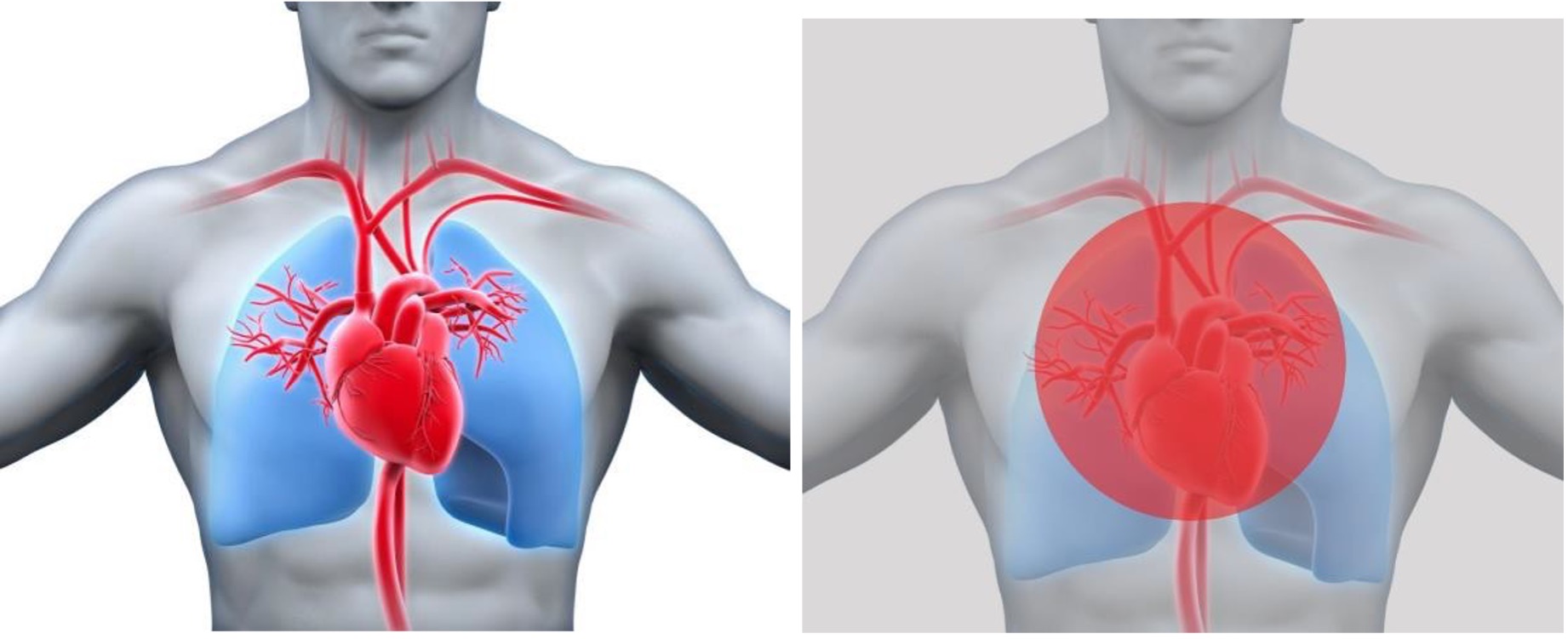
Looking at the picture above, notice too that the closer to the centerline you shoot – you have the highest likelihood of hitting not just the heart, but also a better chance of hitting the spinal cord for that “nervous system stop”.
So, to recap, don’t fall prey to generalizations that quickly become “gun store quotables”.
Understand the true science behind handgun stopping power and train right, for the real fight!
What Are Some Other Common “Handgun Stopping Power” Myths You’ve Heard Out There?
Please Share Your Own Observations, Questions, And Comments Below Now…
The post 3 Handgun “Stopping Power” Myths Even The Experts Fall For (And The No B.S. Truth About What It REALLY Takes To Stop An Attacker In His Tracks!) first appeared on Warrior Life | Urban Survival | Close Quarters Combat | Tactical Firearms Training | Live Life Like A Warrior.
The post 3 Handgun “Stopping Power” Myths Even The Experts Fall For (And The No B.S. Truth About What It <u>REALLY</u> Takes To Stop An Attacker In His Tracks!) appeared first on Warrior Life | Urban Survival | Close Quarters Combat | Tactical Firearms Training | Live Life Like A Warrior.


